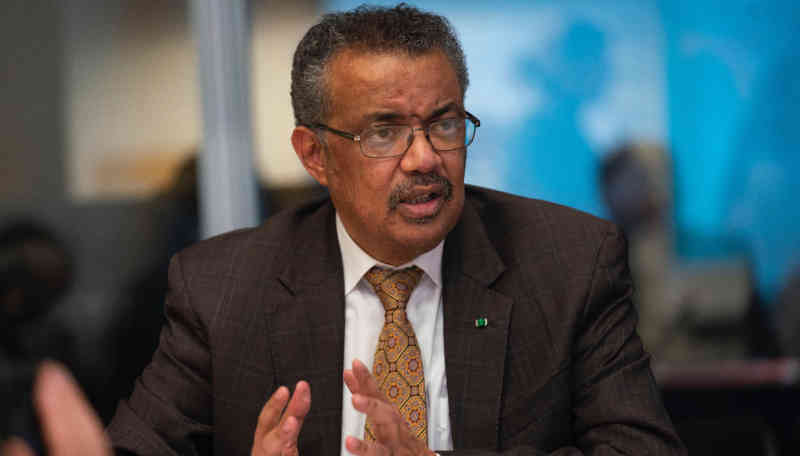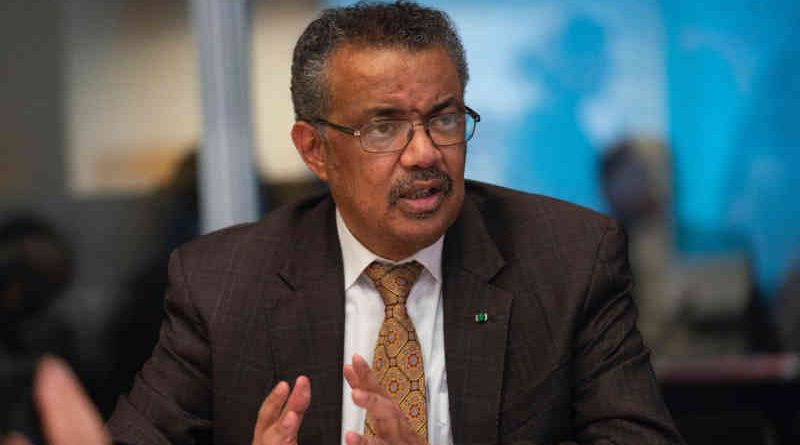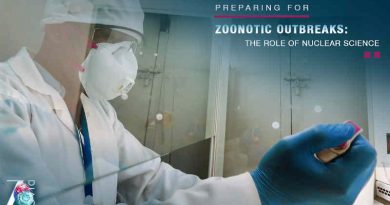Coronavirus: WHO Suggests Six Steps to Ease Restrictions

In its latest communique issued Monday (April 13), the World Health Organization (WHO) said that coronavirus (COVID-19) is estimated to be 10 times deadlier than the 2009 flu pandemic.
The new virus spreads most easily in crowded environments, such as nursing homes, and in some countries the number of cases is doubling every 3 to 4 days.
Against this backdrop, WHO stresses that early case-finding, testing, isolation and care – as well as tracing every contact of infected individuals – is essential to stop transmission.
While physical distancing restrictions are one part of the equation, WHO believes that many other public health measures are also needed.
And because COVID-19 accelerates quickly but decelerates much more slowly, control measures will need to be lifted very slowly – not all at once. “In other words, the way down is much slower than the way up,” said WHO Director-General Dr Tedros Adhanom Ghebreyesus.
In its updated guidance, WHO has listed a new, six-point set of criteria for countries to consider as they weigh whether to lift restrictions already imposed against COVID-19.
1. Transmission of virus is controlled
2. Health system capacities are in place to detect, test, isolate, and treat every COVID-19 case and trace every contact
3. Outbreak risks are minimized in special settings like health facilities and nursing homes
4. Preventive measures are in place in workplaces, schools, other places where it’s essential for people to go
5. Importation risks can be managed
6. Communities are fully educated, engaged, and empowered to adjust to the “new norm”
WHO says that every country should implement a comprehensive set of measures to slow down the COVID-19 transmission and save lives, with the aim of reaching a steady state of low-level or no transmission.
💛 Support Independent Journalism
If you find RMN News useful, please consider supporting us.




